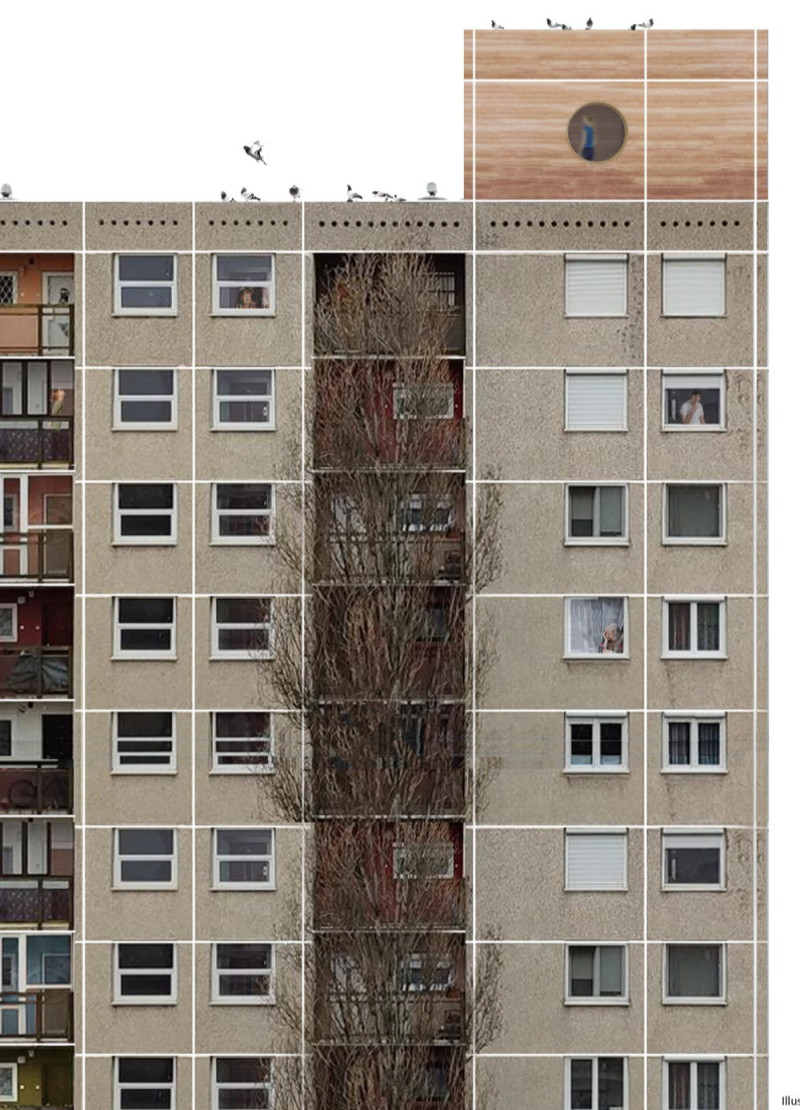5 key facts about this project
The Rammed Cap Pavilion is a modular structure situated on top of a prefabricated concrete panel block. It aims to promote the use of rammed earth within today's architectural landscape. By challenging the common use of materials like reinforced concrete, the pavilion acts as both an exhibition space and a community gathering area. It invites discussions about sustainability and the practical application of traditional materials in urban settings.
Materiality and Concept
Rammed earth serves as the foundation for the pavilion's design, emphasizing its relevance in contemporary construction. This material, deeply rooted in history, is presented in a modern context. The pavilion showcases how technological advancements can revitalize traditional methods, proving that rammed earth can be both practical and visually appealing in today's buildings.
Spatial Configuration
The design of the pavilion reflects the existing layout of buildings in its neighborhood, creating a link with the surrounding environment. Its modular form allows for flexibility in use, accommodating various community activities. The indoor area is paired with a garden, which encourages interaction among visitors and promotes a sense of community ownership.
Ecological and Social Engagement
Focus is placed on addressing the social and ecological issues that arise from past housing developments. The pavilion emphasizes sustainability and invites social interaction, breaking down barriers often created by large-scale projects. By prioritizing shared spaces, it aims to foster inclusivity and reinforce the importance of community in urban living.
Aesthetic Detailing
The pavilion's design highlights the material qualities of rammed earth, showcasing its texture and warmth. Large openings in the structure invite natural light and connect the indoor space to the garden. This design choice enhances the user experience, promoting a dialogue between the inside and outside. The pavilion ultimately stands as a thoughtful blend of tradition and modern design, making a unique statement in its urban environment.























